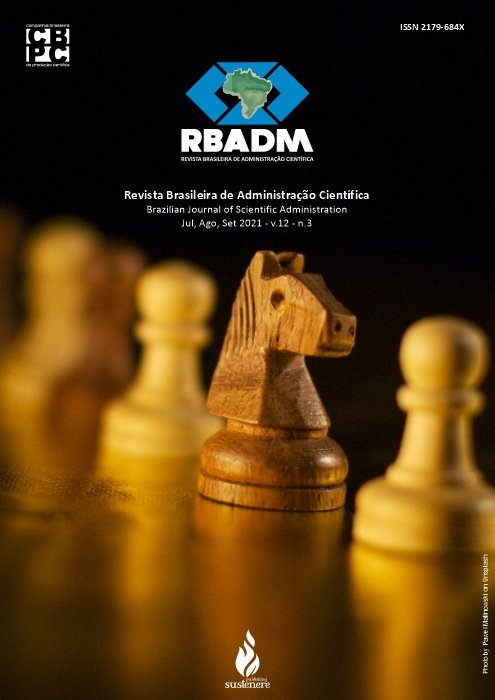Comparative framework of the bucocratic-administrative organization of the Mercosur parliament and the European Parliament
DOI:
https://doi.org/10.6008/CBPC2179-684X.2021.003.0014Keywords:
Mercosur Parliament, European Parliament, Mercosur, European Union, Public ManagementAbstract
Presenting a comparative study of the attributions and characteristics of the administrative management of the Parliament of Mercosur and the European Parliament, this work seeks to promote an adequate understanding of the functioning structure of these public institutions of multinational character. The Mercosur Parliament was institutionalized in December 2006 to replace the former Common Parliamentary Committee of the bloc, initially formatted with 18 representatives from each State party, after which its representation was linked to the population proportionality of its members. The administrative organization chart is structured through five departments: Institutional Relations and Social Communication; International Relations and Integration; Parliamentary; Administrative and the Presidency Secretariat. In addition to the fixed structures of the Secretariats, there are also the Parliamentary Commissions, which can be Permanent, Temporary or Special, such Commissions are formed by the parliamentarians and advised by the employees assigned to them. Its attributions are limited in particular by the intergovernmental characteristic of the bloc it represents, without a community law. The European Parliament, in turn, is the main multinational parliament today, bringing together 751 deputies directly elected by their fellow citizens. The European Parliament's powers and powers have evolved significantly since its first format. Due to its political-institutional advance, the administrative and bureaucratic structure of the European Parliament has also increased. Its current administrative configuration has its central axis at Directive Table, composed of the president, 14 vice-presidents, and 5 quaestors. The most important bureaucratic manager of the European Parliament is its General Secretary, responsible for managing a structure that exceeds the GDP of many nations around the globe, reporting directly to the European Parliament's Executive Bureau. Based on this reality, within the scope of this work, a comparative analysis of the organization of the bureaucratic structures and organization charts of the Parliament of the Mercosur and the European Parliament was carried out, previously carrying out a historical rescue of the institutionalization of such legislative houses.
Downloads
Downloads
Published
Issue
Section
License
Copyright (c) 2021 Brazilian Journal of Scientific Administration

This work is licensed under a Creative Commons Attribution-NonCommercial-NoDerivatives 4.0 International License.
The CBPC - Companhia Brasileira de Produção Científica (Brazil CNPJ: 11.221.422/0001-03) the material rights of the published works. The rights relate to the publication of the work anywhere in the world, including rights to renewals, expansions and dissemination of the contribution, as well as other subsidiary rights. All electronically published works may subsequently be published in printed collections under the coordination of this company and / or its partners. The authors preserve the copyright, but are not allowed to publish the contribution in another medium, printed or digital, in Portuguese or in translation.









